ETHEL STEIN:
Master of the Loom
Essay by Lucy Commoner, Conservator Emerita, Cooper Hewitt, Smithsonian Design Museum
October 17 - November 17, 2025
Opening October 17, 2025, 6-8 pm

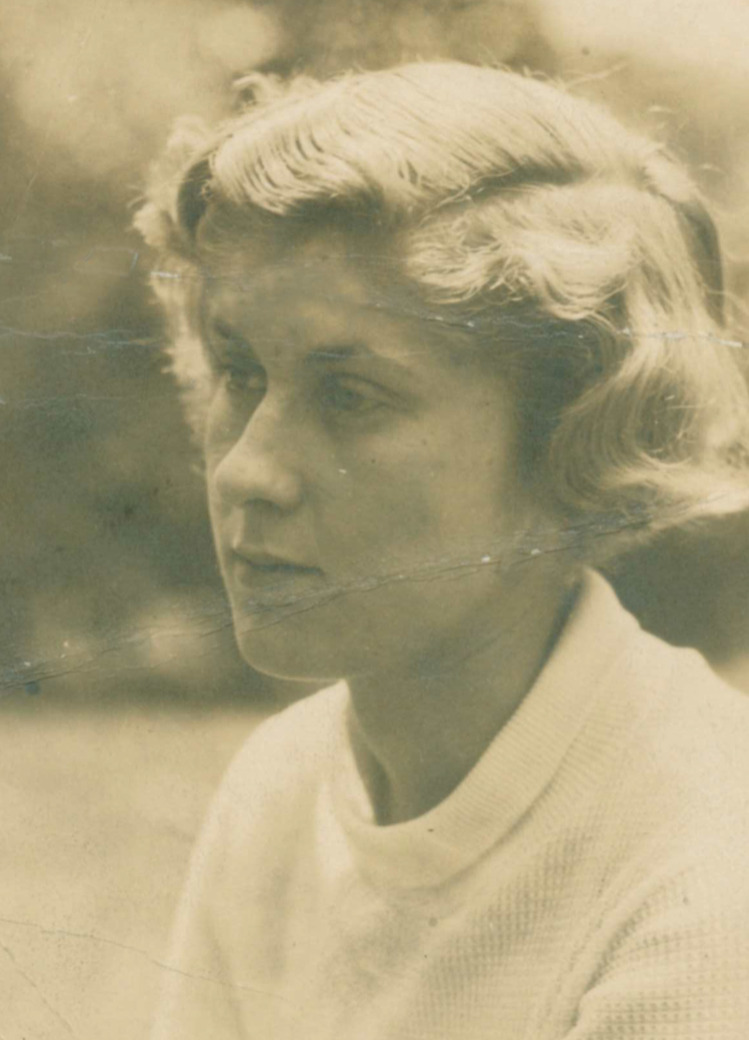

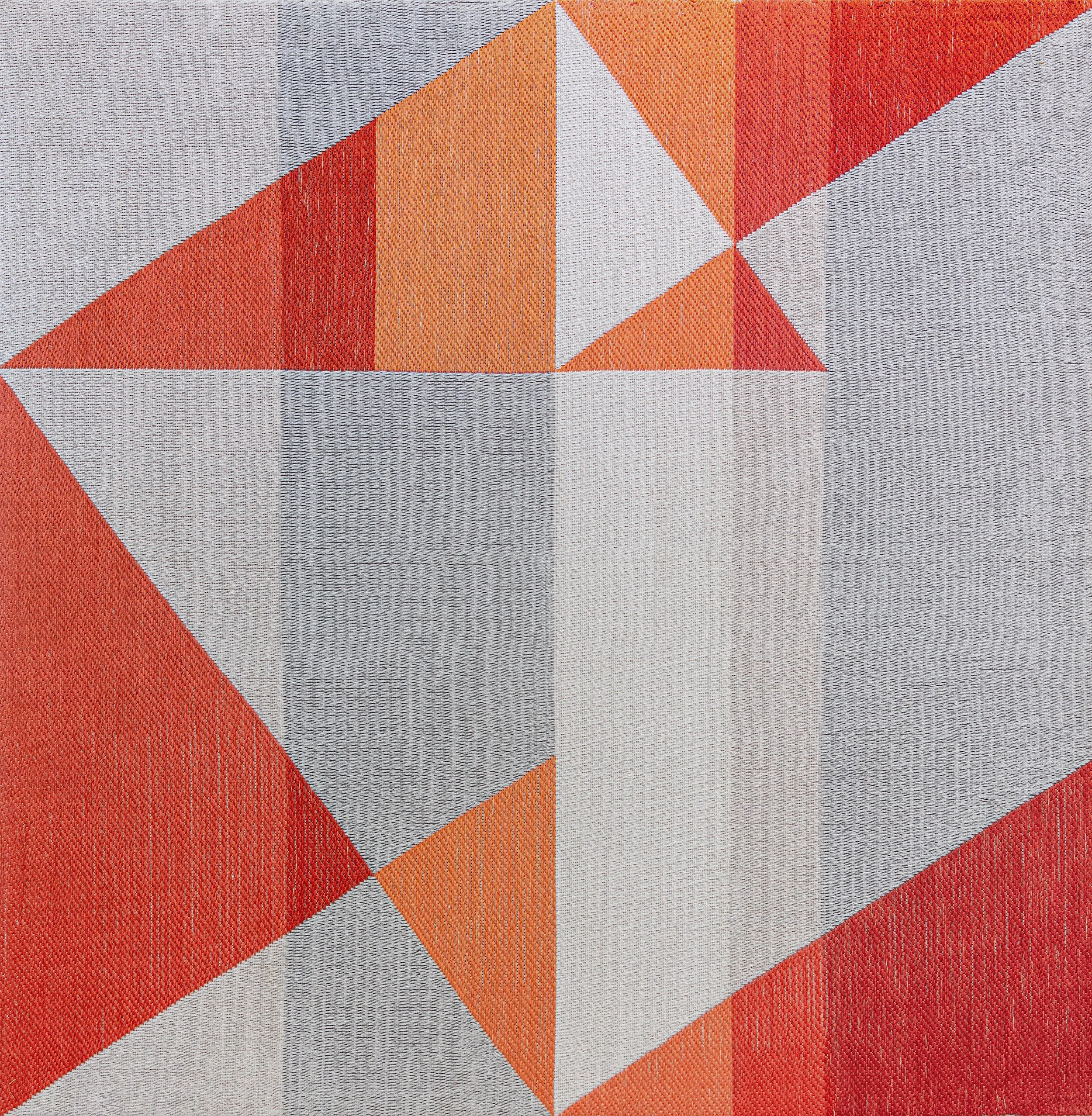

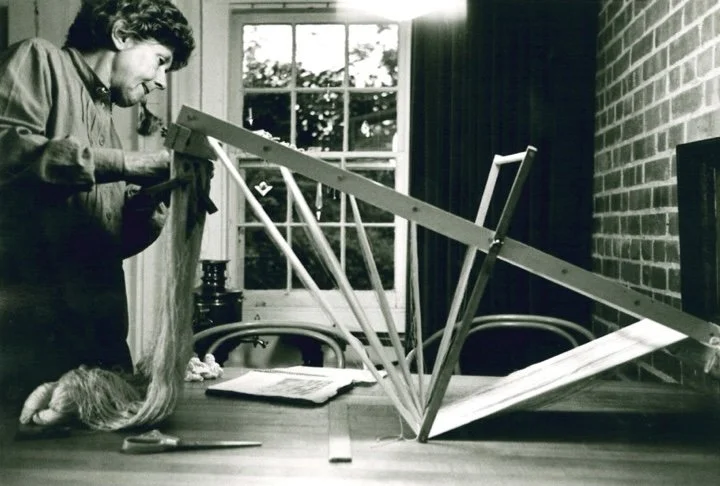

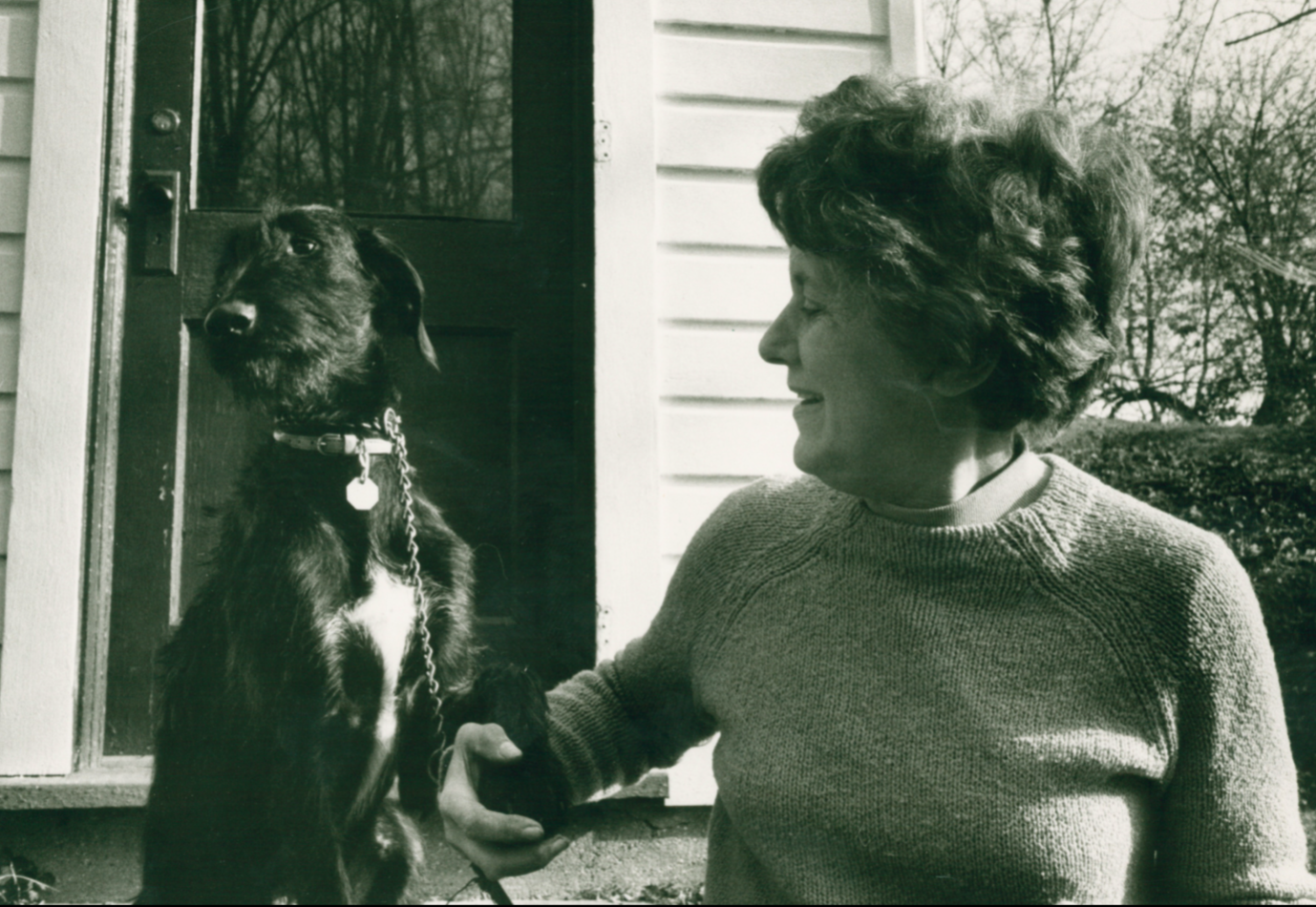



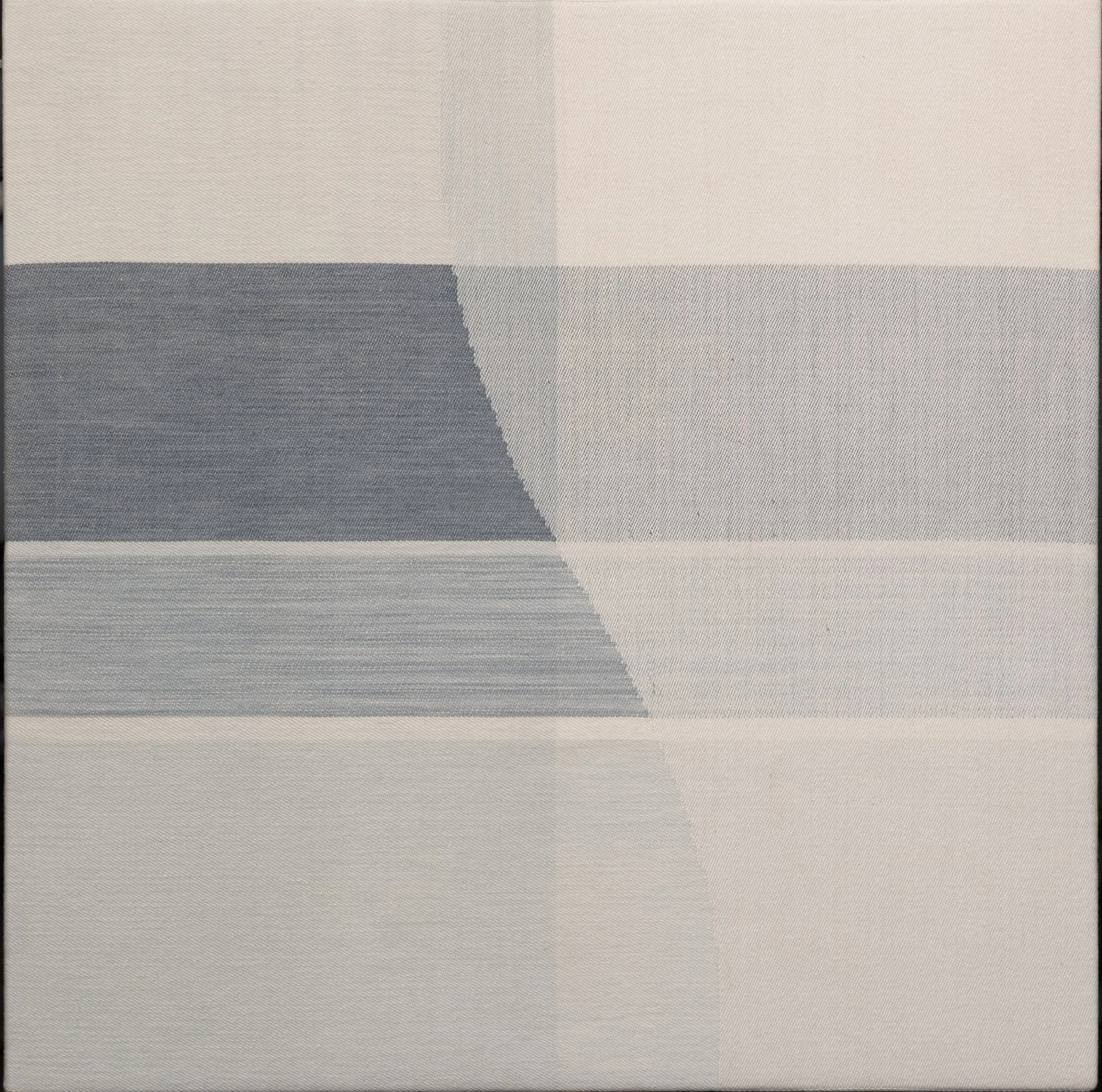

Sapar Contemporary is pleased to announce their first exhibition of works by legendary American master weaver Ethel Stein (1917-2018). Stein who wore many hats, sculptor, puppet maker, textile conservator, educator, became best known as a textile artist celebrated for her masterful drawloom weavings that fused ancient techniques with modernist aesthetics. Stein's loom, which the artist designed herself, might have been the most special of its kind at the time, in that it was a Draw Loom that could be run by a single operator. It is now in the collection of the Art Institute of Chicago.
The exhibition is a collaboration with The Stein Family, which will contribute two-thirds of the sales proceeds received, less applicable expenses, to support the Department of Textile Conservation at The Metropolitan Museum of Art, where Ethel Stein volunteered for many years, and The Met’s accessibility programs for visitors who are blind or have low vision. Stein, who has lost her sight later in life, would have been delighted to see art lovers who are blind or have low vision at The Met. Sapar Contemporary will offer verbal description tours by appointment.
Essay by Lucy Commoner, Conservator Emerita, Cooper Hewitt, Smithsonian Design Museum, Adjunct professor, NYU Institute of Fine Arts
Ethel Stein (1917-2018) is an artist whose work can be firmly placed within a group of influential artists in the fiber arts movement of the mid-20th and early 21st centuries, many of whom were her friends and colleagues. Included in the group are Anni Albers, Mary Walker Phillips, Lenore Tawney, Klara Cherepov, Dora Jung, and Peter Collingwood.
Three of the most distinctive keys to the understanding and appreciation of Stein’s work are her connection to the legacy of the Bauhaus, the German art and design school (1919-1933); her in-depth study of historical textile structures in major museum collections; and Stein’s application of her own extraordinary resourcefulness, creativity, and mechanical proficiency.
Stein had a life-long commitment to producing art and understanding the process of making things. Beginning with her primary school experiences at Hessian Hills, a progressive school in Croton-on-Hudson, New York, Stein learned to work in many different artistic disciplines, such as wood and metalwork, weaving, drawing, and sculpture.
In the late 1930’s Stein moved to Cambridge, Massachusetts, where she met her husband, Richard Stein, who was a recent graduate of the architecture program at the Harvard University Graduate School of Design where he studied under and later worked for Bauhaus architects Walter Gropius and Marcel Breuer. The Stein’s life together was shaped by the simple, functional, modernist, and experimental approach to design central to the Bauhaus. In the summer of 1941, Ethel Stein took a design course at the Harvard Graduate School of Design taught by Joseph Albers. He and his wife, weaver Anni Albers, were products of the Bauhaus and had perhaps the strongest influence on Stein’s future as an artist. The principles of Albers’s teaching appear in many of Stein’s works: her interest in color interaction and geometry, her exploration of order/disorder and positive/negative space, her openness to discovery and happenstance, and her mastery of technology and process. Stein plays with the ambiguities of space and the refraction of planes and lines analogous to the works of the early 20th century artists Lyonel Feininger and Paul Klee, both of whom taught at the Bauhaus.
After World War II, the Steins and their young son Carl, moved to Croton-on-Hudson, New York. Ethel focused on her artistic interest of the time, figurative wood carving and metalwork. Concurrently, she started a small business making sock puppets, for which she invented a folded packaging container. Using the skills that she learned from taking a mechanical drawing course, she designed and built a tool to automate the production of the folded boxes, anticipating her design and fabrication of the drawloom on which she produced all of her later weavings.
Stein’s interest in weaving began in the 1960s through her friendships with members of the Handweaver’s Guild of Westchester. She studied pattern drafting, traditional weave structures, and the painstaking process of preparing yarns for weaving and warping the loom with master weaver Klara Cherepov. Her work from this period was executed on a simple four-harness loom using basic weave structures.
As Stein’s interest in weaving progressed, essential to the development of her practice were her many years of study in museum collections with the guidance of museum curators. At the Metropolitan Museum of Art, she studied with curator Daniel Walker and textile conservator Nobuko Kajitani; at Cooper Hewitt, Smithsonian Design Museum with curator Milton Sonday; and at the American Museum of Natural History with curator Junius Bird. Not only did these studies inform her artwork, but her technical analyses of textiles in the museums’ collections became substantial contributions to their research archives. Like the work of Anni Albers, Peter Collingwood, and a small group of 20th century textile artists, Stein’s fully developed works are unusual in their reference to and use of complex historical weaving and dyeing techniques through which she achieves an extraordinary freedom of expression.
In her museum work, Stein analyzed many historical textile structures, including damask, velvet, and compound structures, such as double-cloth and lampas. These techniques require the use of a drawloom, a type of loom with a specialized pattern mechanism. During a trip to Sweden, where she spent time with the weaver Dora Jung, Stein learned about the construction and capacities of the drawloom. On her return to her studio, using her remarkable mechanical abilities, Stein designed and built her own drawloom, now in the collection of the Chicago Art Institute. Most of Stein’s mature weavings were hand woven on this loom, which she further altered to allow her to weave velvet.
Stein’s works in this exhibition fall into the category of what Anni Albers termed, “Pictorial Weavings,” meaning that they are woven pictures, as distinguished from utilitarian textiles. Her woven works move along the continuum between pure geometric abstraction, abstracted reality, and representational pieces. In her figurative pieces Stein utilizes lampas, a patterned weave with two interrelated structures that was rarely used by other contemporary weavers, especially with such fine warps and wefts, making it possible for her to “draw” the images through weaving.
Stein’s long-standing interest in geometry and spatial interplay is particularly evident in her abstract compositions. Diagonals are a natural outcome of the stepped pattern changes that are possible on a loom and Stein uses the diagonal to define the shifting prismatic planes of her compositions. Stein also employs the low relief and textural changes made possible by compound structures woven on the drawloom to create spatial illusions. In Ethel Stein’s own words about her weaving, “…these are objects composed of multiple layers….and each of these layers has its own form or structure of the weave.”
Ethel Stein’s work is distinguished by its rhythmic simplicity belied by its extraordinary technical complexity. The basic humility and humanity of the work and its relationship to historical techniques combine to give Stein’s work a meaning far beyond its physical presence.
ABOUT ARTIST
Ethel Stein (1917–2018) was an American textile artist celebrated for her masterful drawloom weavings that fused ancient techniques with modernist aesthetics. Born in New York, she spent much of her childhood with her uncle Abbo Ostrowsky, founder of the Educational Alliance art school, where she encountered artists like Rafael and Moses Soyer, Chaim Gross, and Zero Mostel. Her formal education began at the progressive Hessian Hills School in Croton-on-Hudson, emphasizing hands-on crafts such as shearing sheep, spinning, and natural dyeing, under teachers like George Biddle and Wharton Esherick. Though Stein's pursuit of weaving would not begin until she was in her early forties, she studied, taught and worked in diverse art forms: life drawing at the Traphagen School of Fashion, sculpture with Chaim Gross (alongside Louise Nevelson), and stage design, including sets for off-Broadway and Boston theaters like the Ford Hall Forum Players' 1939-40 season featuring Clifford Odets' "Awake and Sing." In the late 1930s, while teaching at Harvard's Busch-Reisinger Museum, she absorbed Bauhaus principles at the Graduate School of Design, studying under Josef Albers during his 1941 sabbatical. This experience profoundly shaped her focus on geometry, spatial dynamics, and color, and also brought her in contact with Anni Albers. There, she met her husband, architect Richard Stein, and after World War II, they settled in Croton, embracing environmental sustainability.
Stein's career spanned multiple media before centering on weaving in the 1960s, sparked by friendships with local artisans like Irene Miller, Vera Neumann, Lenore Tawney, Klara Cherepov, and Mary Walker Phillips. Initially crafting utilitarian items from unconventional yarns—like dog fur—she transitioned to intricate geometric and figurative designs using continuous warp and weft structures, enhanced by ikat dyeing for soft edges. Finding her 16-harness loom limiting, she modified a Finnish countermarch loom into a unique single-operator drawloom—described by curator Milton Sonday as one-of-a-kind—enabling mastery of damask, double cloth, and lampas. Her work evolved in phases: damask explorations (1981–1995), double cloth and lampas for figural illusions (1995–1999), and a damask return emphasizing composition and materials (2000 onward). From 1987 to 1993, she analyzed historic fabrics at the Metropolitan Museum's Textile Conservation Department, deepening her structural knowledge. Earlier, her resourceful puppet-making from old socks led to producing 10,000 units and designing characters like Lamb Chop for Shari Lewis's 1960–63 TV show.
Despite working counter to trends and prioritizing personal exploration over promotion, Stein gained late recognition, with her first retrospective, "Ethel Stein, Master Weaver," at the Art Institute of Chicago in 2014–2015, showcasing works from 1982 to 2008. Her deceptively simple weavings investigated light, form, and even politics, like her opposition to the Indian Point nuclear plant. After age 90, Stein required assistance with loom threading due to macular degeneration, she completed final pieces relying on touch. Stein died on March 9, 2018, at 100. Her loom resides at the Art Institute of Chicago. As curator Daniel Walker noted, her profound innovation lay in making complex techniques appear effortless while revealing simple forms' intricacies.
ABOUT WRITER
Lucy A. Commoner is Conservator Emerita at Cooper Hewitt, Smithsonian Design Museum, where she served from 1977 to 2016 as Senior Textile Conservator and Head of Conservation. Previously with The Metropolitan Museum of Art, she holds a B.A. in art history and studio art from Brown University. Her expertise spans Egyptian textiles, folding fans, fiber analysis, and exhibition methods for textiles. Commoner has lectured and published widely, authoring catalogues for Folding Fans in the Collection of the Cooper Hewitt Museum (1986), Multiple Choice: From Sample to Product (2007), and the monograph Ethel Stein, Weaver (2008). A Fellow of the American Institute for Conservation since 1987, she received its Textile Specialty Group Award in 2016. She has taught at NYU’s Institute of Fine Arts Conservation Center since 1988 and serves on the Board of Trustees of the Wassaic Project.

